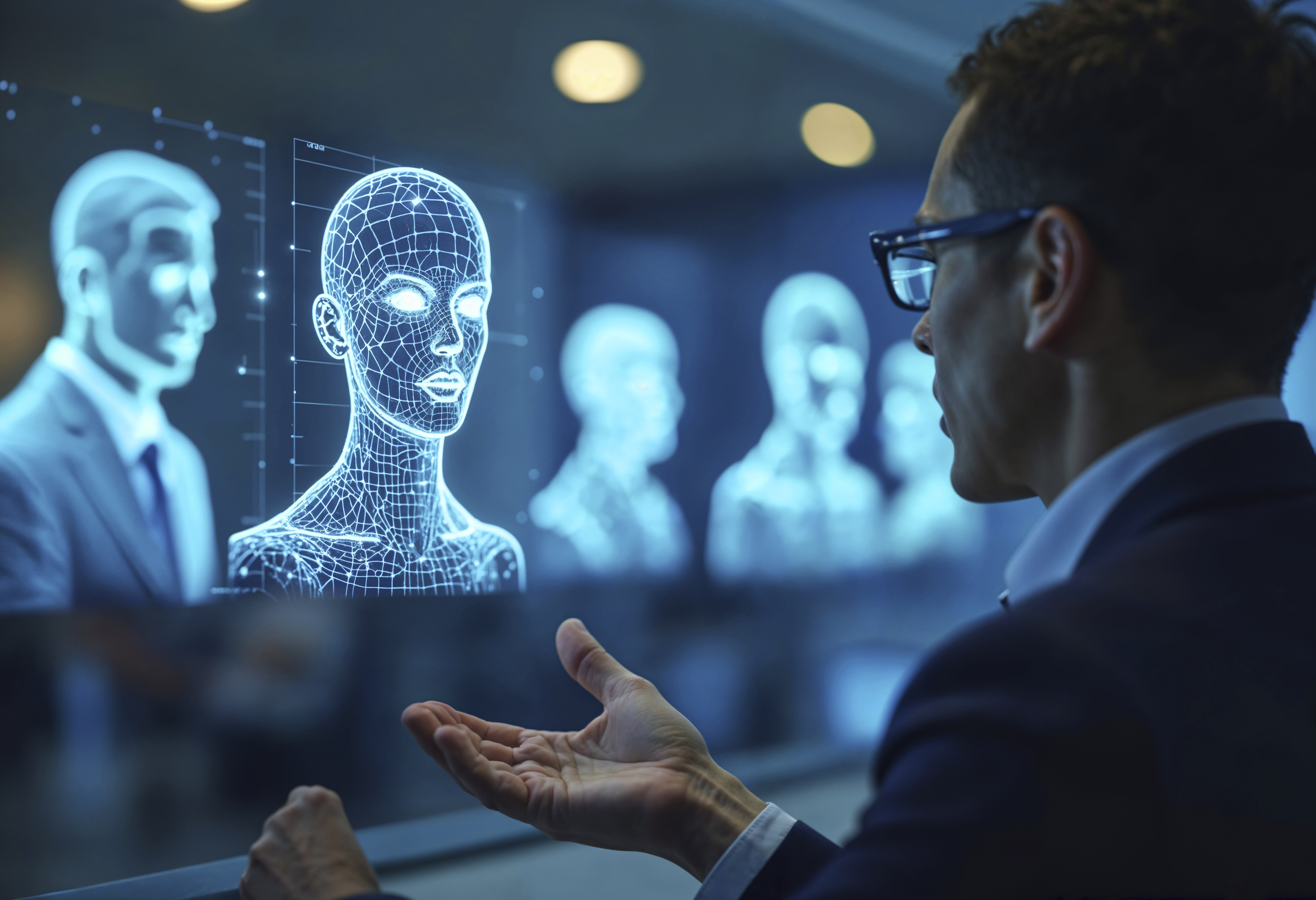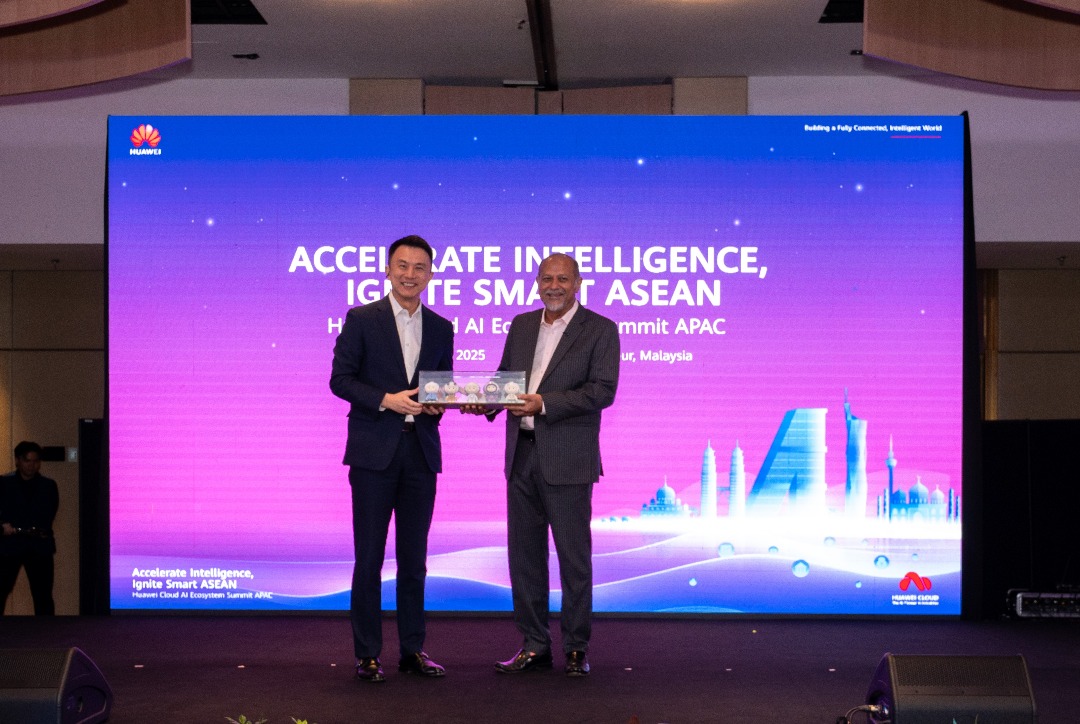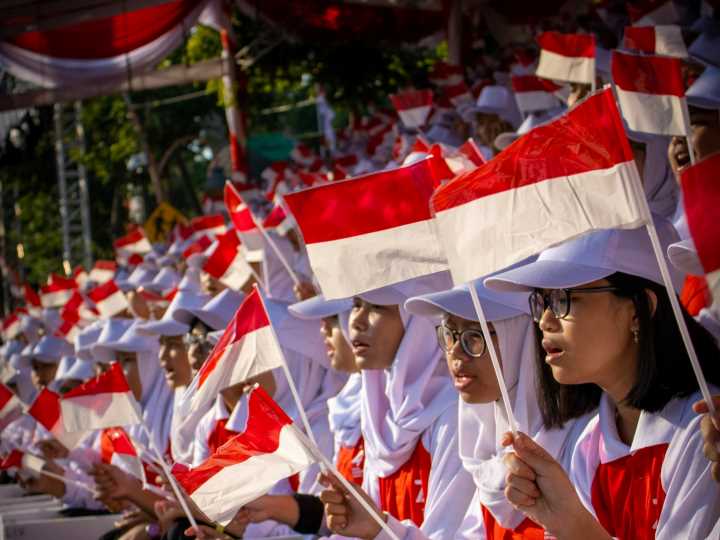Japanese technology giant SoftBank has announced plans to buy a $2 billion stake in Intel, signalling a stronger push into the American semiconductor industry.
The investment comes as Washington debates greater government involvement in the sector, with reports suggesting President Donald Trump is weighing a US government stake in the chipmaker.
SoftBank will purchase Intel’s common stock at $23 per share. Its chairman, Masayoshi Son, said semiconductors remain the backbone of every industry and expressed confidence that advanced chip manufacturing will expand in the US, with Intel playing a central role.
The move follows SoftBank’s increasing investments in the US, including its role in the $500 billion ‘Stargate’ AI project announced earlier this year.
Once a dominant force in Silicon Valley, Intel has struggled against rivals such as Nvidia and AMD. Under new CEO Lip-Bu Tan, the company is cutting 15% of its workforce and reducing costs to stabilise operations.
After a private meeting, Trump recently criticised Tan’s leadership but later softened his stance.
Would you like to learn more about AI, tech and digital diplomacy? If so, ask our Diplo chatbot!










